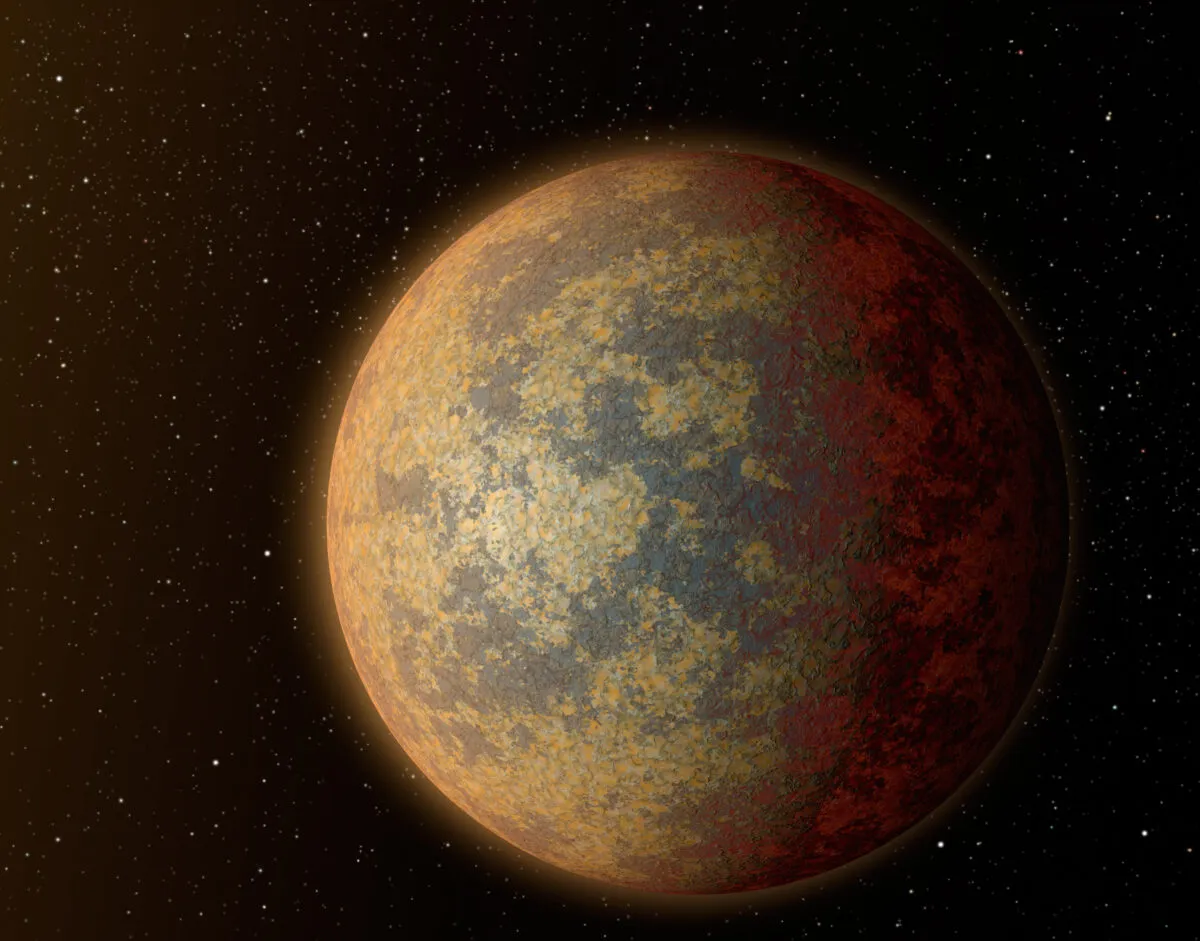Over 5,500 exoplanets have been discovered orbiting other stars in the Galaxy.
This tells us that planet formation is a universal process across the Milky Way and the majority of stars probably have at least one planet.
But before you plan an extraterrestrial trip, you’ll want to pin down the best Galactic neighbourhood to visit.
More on exoplanets

Not every planetary system looks the same: there are differences between the number of gas giant planets and lower-mass, mostly rocky worlds.
So, where will you most likely find the kind of planet you’re after?

Formation of rocky planets vs gas giants
The difference stems from how gas giants form through core accretion.
First, a mass of rocky material and ice around 10 Earth masses in size clumps together.
Then, the powerful gravity of this core pulls in a thick envelope of gas from the nebula from which both the planet and proto-star are born.
So the birth of gas giant planets like Jupiter is dependent on there being sufficient rocky material within the solar nebula.
Stars, and the nebulae they are born from, are mostly composed of the lightest element, hydrogen, with a little helium mixed in.
The cosmos also contains heavier elements which, somewhat confusingly, astronomers refer to as metals.
The rocky material and ices needed to form the core of gas giants are made of these heavier elements, and astronomers have observed a direct relationship between the abundance of ‘metals’ in a star and the presence of giant planets.

Increase in metallicity
These heavier elements weren’t present in the early Universe, but were forged by the first generations of stars exploding as supernovae.
So metallicity has been increasing over time, and stars that formed closer to the centre of the Galaxy have a higher metallicity than those in the outer disc.
Joana Teixeira from the Institute of Astrophysics and Space Sciences at the University of Porto, Portugal, and her colleagues studied planet formation across the Galaxy.
They wanted to find out how the age of different stars, and how near to the Galactic centre they formed, affect the kinds of planets they have.
They took data from catalogues of over 700 stars and categorised them based on whether they hosted high-mass planets (greater than 50 Earth masses) or low-mass planets (less than 30 Earths).
For these stars, as well as a sample not known to have any planets, they calculated their age and birth location within the Galaxy.
They then looked for correlations between the kinds of planets they hosted and when and where the star had formed.

Finding planets in the Milky Way
Overall, they found planet-bearing stars have a higher metallicity, are younger and formed closer to the Galactic centre compared to those without known planets.
These relationships are especially strong for the high-mass planets they studied.
They also showed that the likelihood of a star having any planets at all decreases the further out into the Galactic disc you go.
Teixeira’s analysis is an important confirmation of our understanding of the chemical evolution of the Galaxy.
But a fun interpretation of their study is that it also tells you the most interesting parts of the Galaxy to visit as a Federation starship captain.
If your science officer wants to study lots of gas giant planets, you’re best off trekking towards the centre of the Galaxy.
But smaller, rocky planets can still be found much further out in the Galactic disc.
Lewis Dartnell was reading Where in the Milky Way do Exoplanets Preferentially Form? by Joana Teixeira et al. Read it online at: arxiv.org/abs/2501.11660.
This article appeared in the April 2025 issue of BBC Sky at Night Magazine.
